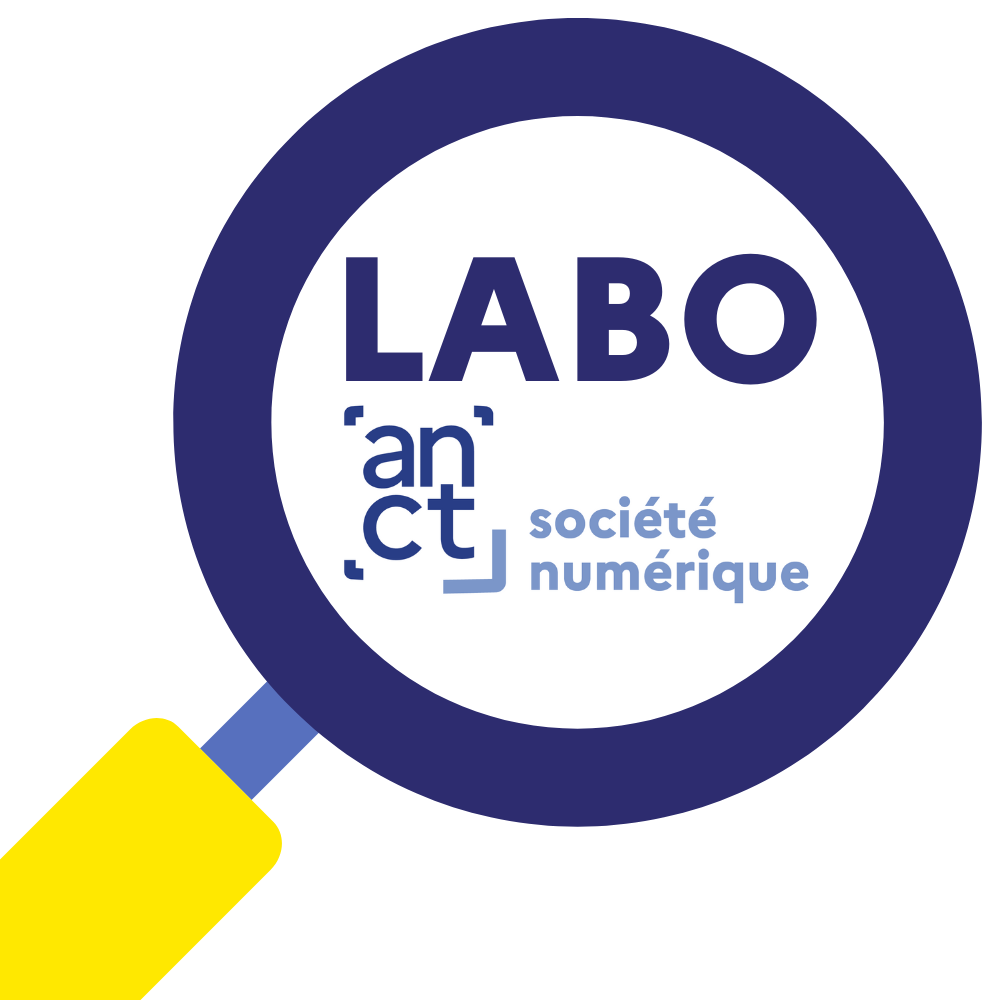INSEE conducts an annual household survey to measure household equipment, usage and frequency of use, and use of government and e-commerce services.
This survey, coordinated by Eurostat, is part of the regulation n°808/2004 of 21 April 2004 concerning the implementation of the eEurope 2005 ICT Action Plan. Each Member State has to provide Eurostat with about 130 indicators. The questionnaire is developed by Eurostat, the statistical offices and DG Connect.
The objective of the survey is to collect indicators describing household equipment and usage in the area of new technologies (computers, Internet, mobile telephony). As far as equipment is concerned, the aim is to measure computer equipment and Internet access. For the uses, it is a question of measuring the frequency, the places and the types of uses (on-line administration and electronic commerce) but also the individual skills in computing and Internet.
The survey is conducted in April and May of each year by telephone. The collection is computer assisted (Capi). Since 2010, a complementary survey by internet and by post is carried out to cover the whole population.
Eurostat releases the first weighted results in November of each year. The data are published by Eurostat in the form of tables aggregating the results of the member countries. The data are used by DG Connect in the framework of the Digital Economy and Society Index (DESI).
Publication of 32 data sets for the period 2009-2017
INSEE had published 33 datasets in 2015 covering the period 2008-2014 and 32 datasets in 2016.The Institute has just updated the following datasets that incorporate data covering 2017.
Household equipment
- Equipment rate by age
- Equipment rate by gender
- Equipment rate by gender and age
- Equipment rate by degree
- Equipment rate by degree and age
- Equipment rate by socio-professional category
- Equipment rate by urban area size
- Equipment rate by size of urban unit
Frequency and mode of use
- Frequency and rate of use by age
- Frequency and rate of use by gender
- Frequency and rate of use by gender and age
- Frequency and rate of use by degree
- Frequency and rate of use by degree and age
- Frequency and rate of use by socio-professional category
- Frequency and rate of use by size of urban area
- Frequency and rate of use by size of urban unit
Use of online administrative sites
- Rate of use of administrative sites by age (%)
- Use of administrative sites by gender (%)
- Use of administrative sites by gender and age (%)
- Rate of use of administrative sites by degree (%)
- Rate of use of administrative sites by degree and age (%)
- Rate of use of administrative sites by socio-professional category (in %)
- Rate of use of administrative sites by size of urban area (%)
- Rate of use of administrative sites by size of urban unit (%)
Use of e-commerce
- Internet purchase rate by age
- Internet purchase rate by gender
- Internet purchase rate by gender and age
- Internet purchase rate by degree
- Internet purchase rate by degree and age
- Internet purchase rate by socio-professional category
- Internet purchase rate according to the size of the urban area
- Internet purchase rate according to the size of the urban unit
Références :





